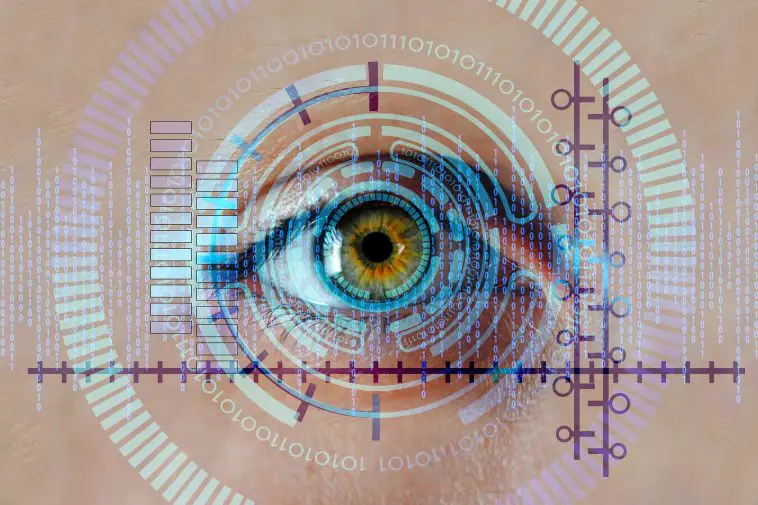A facial recognition system is a biometric software program that compares and analyzes patterns based on an individual’s facial contours to uniquely recognize or validate that person. Face recognition online technology is mostly used in the defense sector, but there is growing interest in other fields. It has earned a lot of recognition and it has a lot of uses in many businesses. Also, this technology is capable of comparing a human face with a visual image or a video. It operates by locating and calculating facial characteristics from a reference image or video and is commonly used to authenticate users via ID authentication services.
Advantages of Facial Recognition
Better Employee Attendance Management
Time fraud is also one of the most frequent work ethics abuses around the globe. The overwhelming majority of employees are trustworthy, however, a small percentage of employees use buddy favors from coworkers or security personnel to get out of work (and still get paid).
Not only is time fraud bad for businesses, but it’s also bad for good employees. Another advantage of the facial recognition system is that it has the potential to eliminate time fraud. Here’s how: To log in for work, everybody must go through a face-scanning check. In this process, employees don’t have to verify their identity with identification cards, so it is lightning fast.
Security Mechanisms Strengthened
Facial recognition systems also contribute to increased protection and security. For several years, face recognition systems have become a standard feature of airport security screening, assisting in the identification of suspects and possible risks to airlines and travelers. Face recognition systems are often used by banks and other financial institutions to deter theft because the device can recognize individuals who have been recently charged with crimes and catch them. If a facial recognition system flags a user, the bank is alerted to investigate the user’s banking activities.
Touchpoints Reduced
Other forms of security mechanisms, such as fingerprints, iris scanning, etc. demand more human capital than facial biometrics. It also doesn’t necessitate direct interpersonal involvement or physical touch. Instead, it employs artificial intelligence to make the operation automated and smooth. It also reduces the number of touchpoints when opening doors, withdrawing from an ATM or doing some other operation that involves an authorization check.
Finding Missing Persons
Face identification is used by law enforcement authorities to locate missing persons, especially children. Face recognition system, when coupled with aging software that reveals how the kid will appear in some years’ time, can also help locate someone that has been lost for years.
Protection from Theft and Fraud
Face recognition system and surveillance cameras are used by business owners to detect proven or alleged thieves when they approach their shops. Preventing shoplifting with this proactive surveillance measure is a good idea. People are less likely to commit crimes if they are aware that they are being monitored, so the technology often acts as a deterrent.
Shopping Efficiency Increased
A facial recognition system is useful for more than just surveillance. The face recognition system will recognize your face and add the items to your account without using payment cards to make transactions.
Enhanced Photo Organization
Facial recognition can also be used to tag images in your Apple or android cloud storage. This makes organizing, finding, and sharing your pictures even easier. Furthermore, it is useful in suggesting tags on Facebook.
Automated Medical Procedures
The identification of genetic defects is one unexpected use of facial recognition technologies.
Facial recognition tools may, in some instances, decide how particular genetic defects triggered a condition by analyzing subtle facial features. Traditional testing was less easy and more costly than this technology.
Face Recognition and Computer Vision
Face Recognition technology could one day enable computers to see and identify objects and individuals in the same way as humans do. As a result, new opportunities for engagement will emerge. Computer vision research is crucial to the viability of innovations like self-driving vehicles. We should foresee more competition in computer vision and facial recognition technology in the future.




